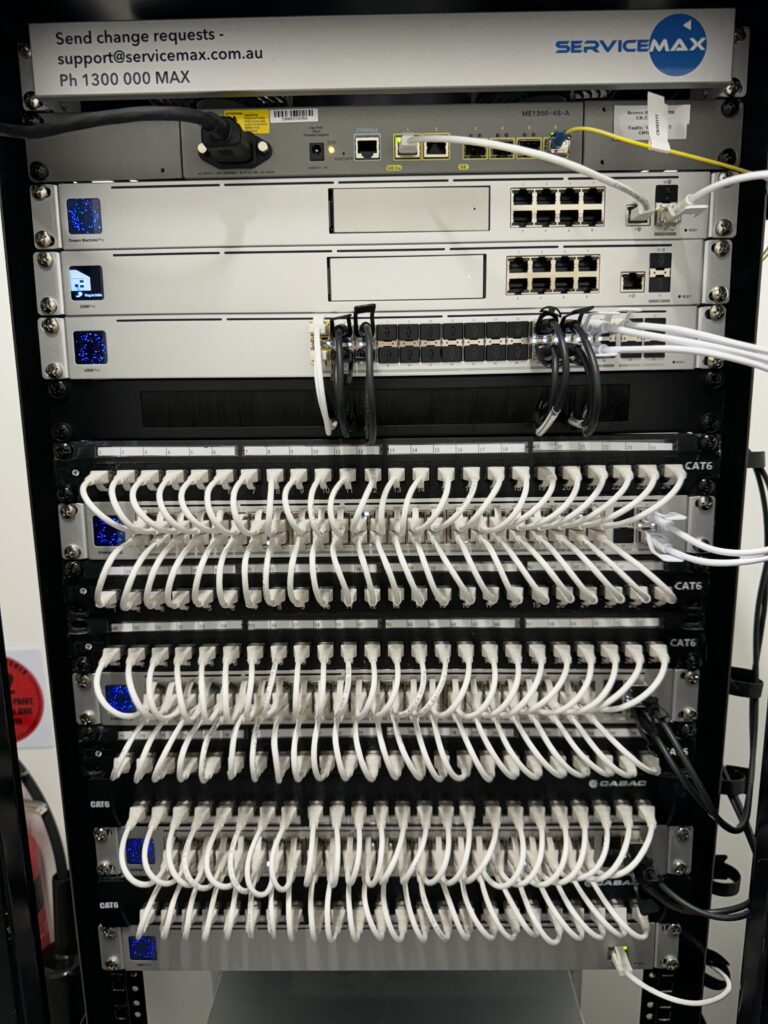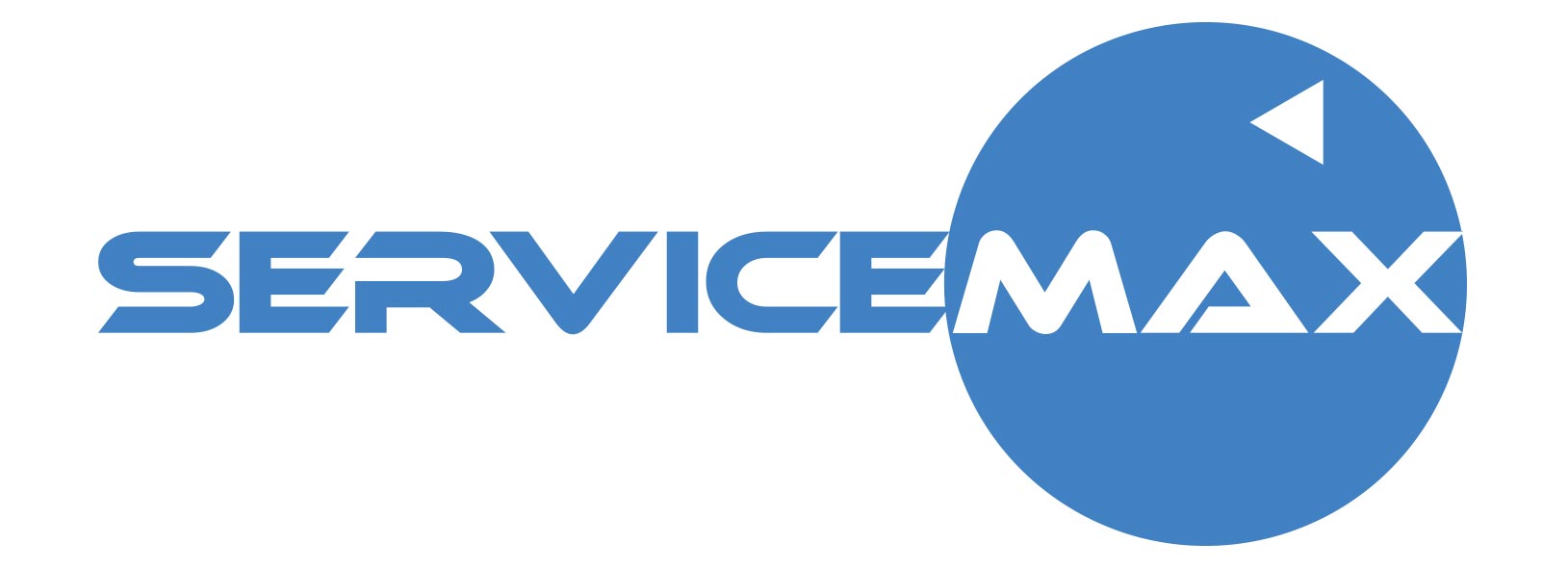Recently a client moved, giving us the opportunity to plan and implement a new network for them.
You can see the results below, and to say we are happy with the results would be a massive understatement.
In any endeavour, your ideal client is someone who takes your advice, challenges you to do better (and pays on time!). In this case we feel we were able to deliver a superior result at reasonable prices and engineer a LOT of future capacity without overspending.
Budget
Budget is relative, but if you deliver a solution that’s only just adequate you are buying problems for you and your client. This solution wasn’t cheap, but keep in mind we need to ensure that a lot of people can work without the infrastructure getting in the way. And in that context it’s super cheap because it’s such a small chunk of overall turnover…

From Top to Bottom-
TPG Fibre 1000 CPE
Unifi Dream Machine Pro (Primary)
Unifi Dream Machine Pro (Secondary)
Unifi USW Pro Aggregation
Unifi USW Enterprise 48 POE (Top)
Unifi USW Enterprise 48 POE (Middle)
Unifi USW Enterprise 48 POE (Bottom)
Unifi USP RPS (Redundant Power System/Supply?)
Not Pictured- 3-4 Unifi U7 WiFi Access Points
How is it all connected?
In a deployment like this, the devil is in the details, but let’s spill-
The new network needed to be operational before the clients actual move, which meant we needed a new router anyway, and the existing UDM Pro was both ‘old enough to be replaced’ and ‘new enough to be not obsolete’.
So the perfect solution was to bring the old one over and add it to the install as a ‘warm spare’- Unifi call this ‘Shadow Mode‘. This isn’t true High Availability because it requires manual intervention, but that’s good enough here. It wasn’t fully setup when the pic was taken.
Using the Aggregation Switch as the main er, aggregator for the network means we can use LAG for the switches, and every switch is connected to the Aggregation Switch with dual DAC cables giving total 20Gbps bandwidth from each switch to the rest of the network.
The switches are from the relatively new Enterprise range, all supporting Layer 3, so we have this much connectivity-
144 x 2.5Gbps POE+ ports
28x 10Gbps ports
4x 25Gbps ports
+ a few 1Gbps ports on the routers
Power
In this Server Room, we had access to both 15Amp and 10Amp power connections, so it’s rigged up like this-
The 15Amp circuit goes to a Powershield UPS which runs to the main power input of each device.
The 10Amp circuit is connected to the Unifi USP-RPS, and this is then connected to each of the Unifi devices. So if the 15Amp circuit fails, the RPS will automagically keep the network running- once the UPS is exhausted. It’s a neat solution that we hope never needs to work!
Next Steps
There’s still a bunch of 10Gb-e ports to use on the Aggregation Switch as we’ve got 6 Mac Studios to connect. And maybe we’d switch out the black DAC cables with white ones (we had to ‘repurpose’ a couple from the Servicemax network already!) but it’s essentially done.
Ask yourself ‘can I improve this cheaply?’ and if the answer is no…
Conclusion
We are hugely grateful to this client for the opportunity to design and implement this network upgrade. It’s been super stable and working well from the moment the actual people arrived. We didn’t pay a lot extra for the speed, redundancy or capabilities and it should be optimal for many years- or at least until WiFi catches up!
If you’d like us to do the same for you, please let us know!
